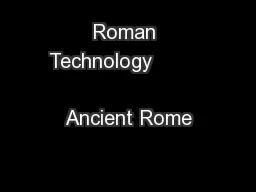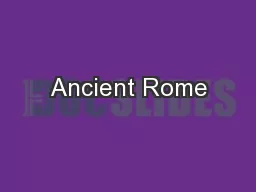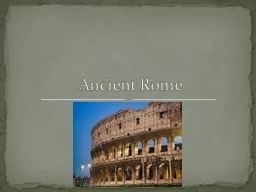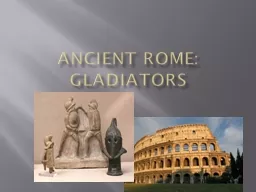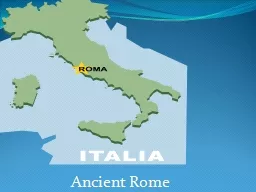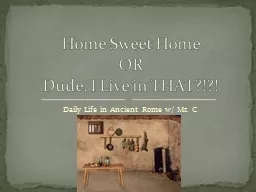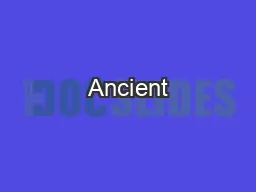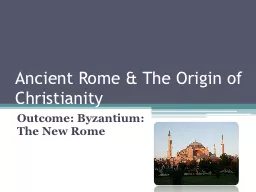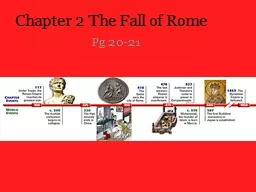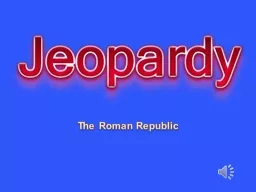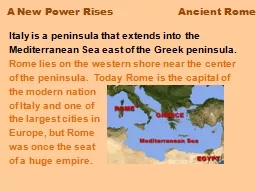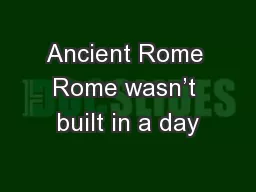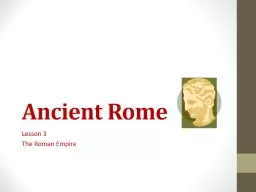PPT-Roman Technology Ancient Rome
Author : lindy-dunigan | Published Date : 2018-11-04
The Romans used great public projects to make their empire the most advanced of the ancient world The Romans particularly excelled at building roads The roads made
Presentation Embed Code
Download Presentation
Download Presentation The PPT/PDF document "Roman Technology ..." is the property of its rightful owner. Permission is granted to download and print the materials on this website for personal, non-commercial use only, and to display it on your personal computer provided you do not modify the materials and that you retain all copyright notices contained in the materials. By downloading content from our website, you accept the terms of this agreement.
Roman Technology Ancient Rome: Transcript
Download Rules Of Document
"Roman Technology Ancient Rome"The content belongs to its owner. You may download and print it for personal use, without modification, and keep all copyright notices. By downloading, you agree to these terms.
Related Documents

